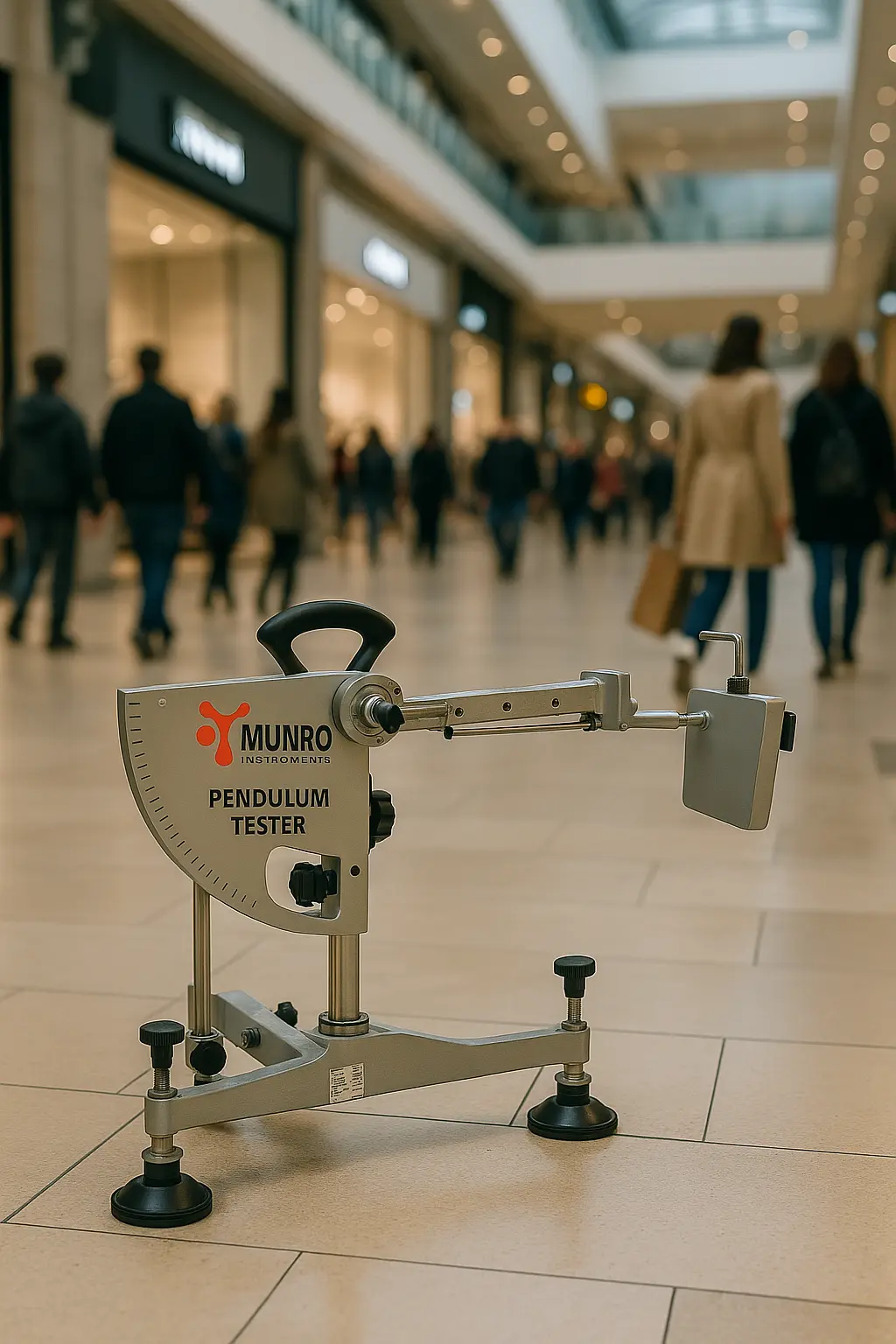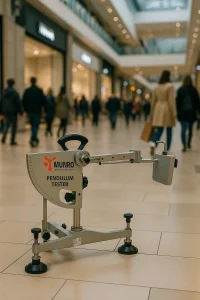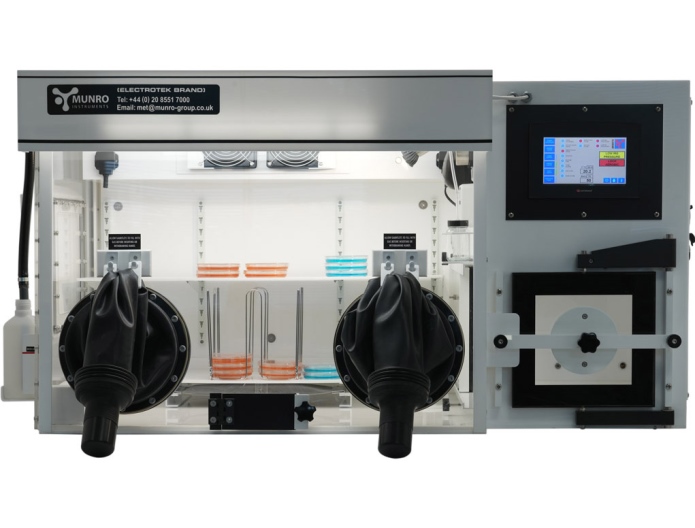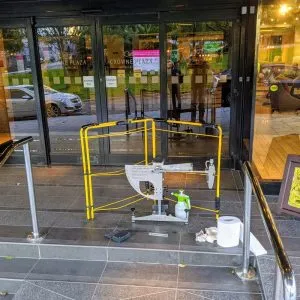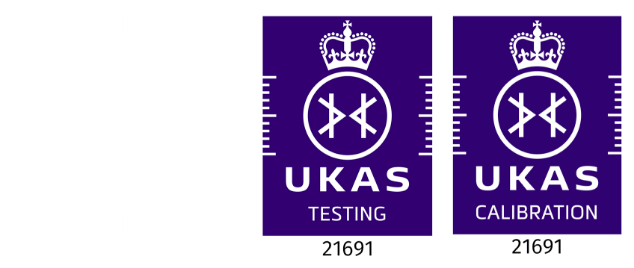Slips, trips, and falls are among the most common workplace accidents worldwide. They cost millions annually in medical bills, lawsuits, and lost productivity. Slip testing helps prevent these incidents before they happen.
Real-World Examples of Slips and Legal Consequences
From multi-million-pound payouts in the UK to class-action lawsuits in the US, the absence of proper slip resistance testing has led to serious legal consequences for businesses. Testing is not just smart—it’s legally crucial.
What Is the Pendulum Test?
History and Development of the Pendulum Method
Originally developed by the UK Transport Research Laboratory to test road surfaces, the Pendulum Test has become a gold standard in evaluating slip resistance indoors and outdoors.
How the Pendulum Tester Works
A weighted rubber slider swings down and contacts the floor surface. The more resistance the slider meets, the safer the floor. The result? A Pendulum Test Value (PTV).
Benefits and Limitations of the Pendulum Method
It’s portable, widely accepted, and scientifically reliable. But it’s sensitive to operator skill and requires careful calibration.
UKSRG (UK Slip Resistance Group) Guidelines
Who Are the UKSRG?
The UK Slip Resistance Group is a professional body setting standards and best practices for slip testing in the UK. Their guidelines are widely adopted in court cases and compliance audits.
Recommended Procedures and Values
- PTV > 36: Low slip potential
- 25 ≤ PTV ≤ 35: Moderate slip potential
- PTV < 24: High slip potential
Interpretation of Results
Results vary with slider type (FourS vs TRL), surface condition (dry vs wet), and test environment.
BS 7976 Explained
British Standard for Pendulum Testing
BS 7976 details how to carry out pendulum testing correctly using the latest guidelines, forming the foundation of most professional slip tests in the UK.
Test Conditions and Equipment
It standardizes the use of portable skid testers, rubber sliders, and test environment conditions to ensure consistent results.
Compliance and Interpretation
The BS 7976 is widely accepted by HSE and courts across the UK as the benchmark for proving slip resistance.
ASTM Slip Resistance Standards
Overview of ASTM Testing Procedures
ASTM sets the bar in the US for testing standards, including dry and wet slip measurements.
ASTM C1028 and ASTM E303
- C1028 (now withdrawn): Static coefficient of friction
- E303: Similar to the Pendulum method, adapted for American usage
How ASTM Compares with UK Standards
ASTM methods are less portable and often more applicable in laboratory conditions, whereas the UK’s Pendulum Test thrives in on-site environments.
DIN Standards for Slip Resistance
DIN 51130 – Ramp Test
This German standard involves an operator walking on a ramp coated in oil while wearing safety boots to simulate industrial conditions.
DIN 51097 – Barefoot Areas
Used for wet barefoot areas like pools and showers—focusing on hydrodynamic conditions.
Classifications (R9–R13) and Their Applications
- R9: Low resistance (dry areas only)
- R13: High resistance (greasy, wet, industrial floors)
Slip Resistance in Various Industries
Construction and Public Infrastructure
Large-scale projects need documented proof of safety. Slip resistance data is often required during handover and inspection.
Hospitality and Food Services
Kitchens, lobbies, restrooms—these are high-risk zones for slip accidents and require frequent testing.
Healthcare and Wet Environments
Hospitals deal with constant moisture, demanding robust, reliable slip testing to protect patients and staff.
Choosing the Right Test for Your Environment
Indoor vs Outdoor Considerations
Use pendulum tests outdoors, where wet surfaces are a concern. For greasy areas? Look to DIN ramp tests.
Footwear and Surface Variables
Don’t forget: test results can vary based on footwear type and the condition of the surface.
Interpreting Slip Resistance Test Results
PTV (Pendulum Test Value) Thresholds
Stick to the UKSRG values. A PTV above 36 in wet conditions is your safety sweet spot.
Risk Assessment Based on Results
Use test data to map slip zones, plan cleaning schedules, and choose surface treatments.

